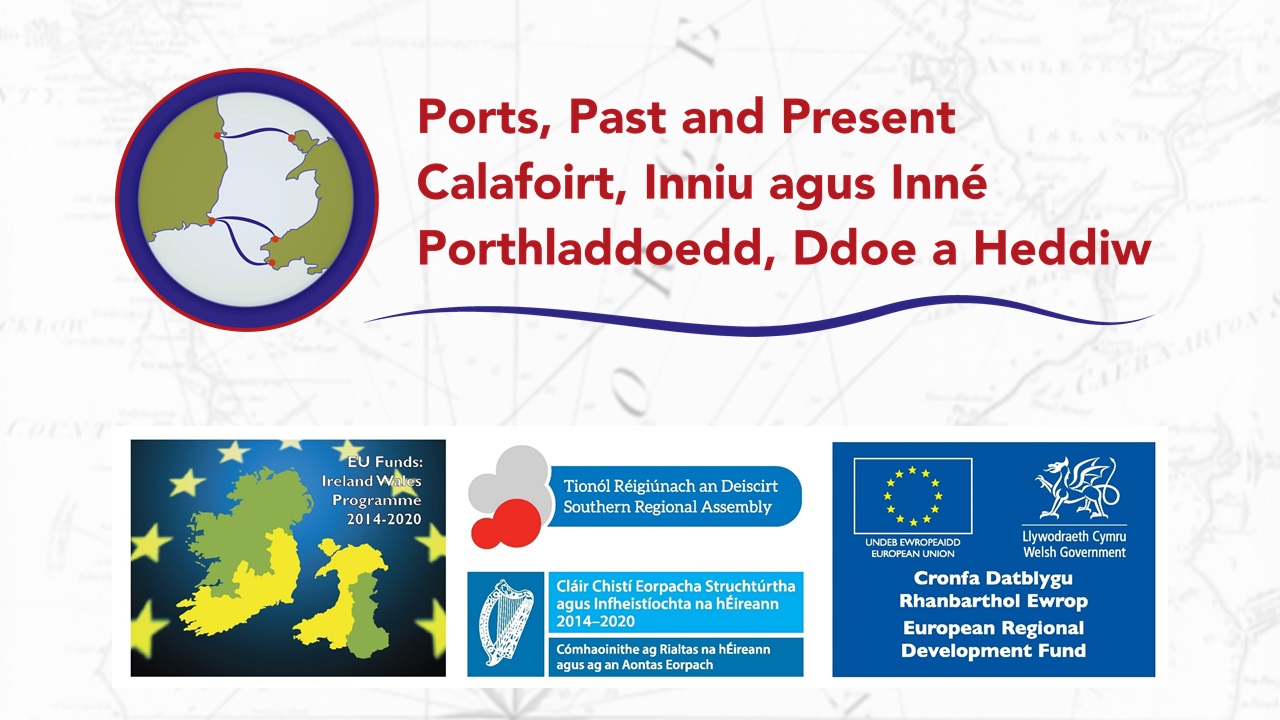Content can be downloaded for non-commercial purposes, such as for personal use or in educational resources.
For commercial purposes please contact the copyright holder directly.
Read more about the The Creative Archive Licence.
Description
Lede
The invention of hot air balloon travel in the 1780s transformed the relationship between air and sea. But crossing the Irish Sea by balloon would prove to be no easy matter.
Story
From the first manned hot air balloon flight in Paris in November 1783, balloons exerted a powerful force on the public imagination. Early observers of hot air balloons were not sure exactly what they were for, but ballooning’s capacity for setting new boundaries in travel and technical ingenuity was immediately clear. For the first time, journeys that had previously only been possible by sea could plausibly be considered in terms of air travel. As Paul Keen has pointed out, air balloons quickly became an early version of the ‘space race’, with aeronauts attempting increasingly daring feats such as crossing the English Channel. Crossing the Irish Sea by balloon power emerged early on as another challenge to be overcome, but it would be nearly thirty more years before aeronauts came close to successfully navigating the Dublin-Holyhead route by air.
The first manned balloon ascent in Ireland was made in January 1785, in Dublin, by Richard Crosbie (1755-1824). Some 20,000 people are said to have witnessed his trip into the sky and across Dublin Bay, where he landed at Clontarf. Crossing the Irish Sea by balloon was Crosbie’s ultimate aim, but neither he nor the Scottish and French rivals who also attempted to cross the Irish Sea from Dublin in the 1780s managed it. Wartime in Europe following the French Revolution in 1789 put balloon sea crossing plans on hold, and it was not until 1812 that the next serious attempt was made. In 1812, the aeronaut planning to cross the Irish Sea was James Sadler (1753-1828), who had become the first English balloonist when he made a short flight from Oxford in October 1784.
Sadler’s sea-crossing plan attracted a great deal of attention: over the summer of 1812, his balloon went on public display at Dublin’s Rotunda, in an effort to raise funds towards the flight attempt. Scientists, politicians and writers emphasised the military and commercial uses of hot air balloons at various points in this period, but balloons arguably made their greatest impact in terms of spectacle, fantasy and showmanship. The launch of Sadler’s balloon, from Belvedere House in Drumcondra, in October 1812 was a dramatic affair, attracting large crowds and an aristocratic audience. In a print that highlights the momentous nature of the flight – as well as Sadler’s outsider status as an English aeronaut perhaps – the balloon displays a banner featuring the 1790s nationalist slogan ‘Erin go Brah’ – Ireland Forever. Like previous attempts, however, this flight would end in failure, with Sadler needing to be rescued by a passing ship off the north Wales coast.
Factoid
The exploits of aeronauts such as Richard Crosbie and James Sadler were reported in detail in newspapers in Ireland and further afield, reflecting the immense public interest in the progress of balloon science.





Do you have information to add to this item? Please leave a comment
Comments (0)
You must be logged in to leave a comment